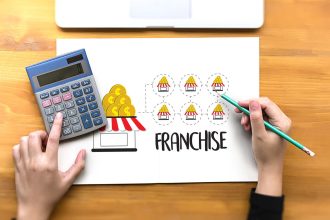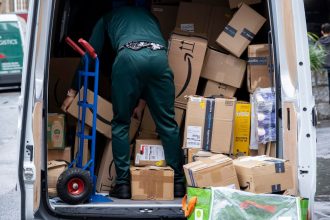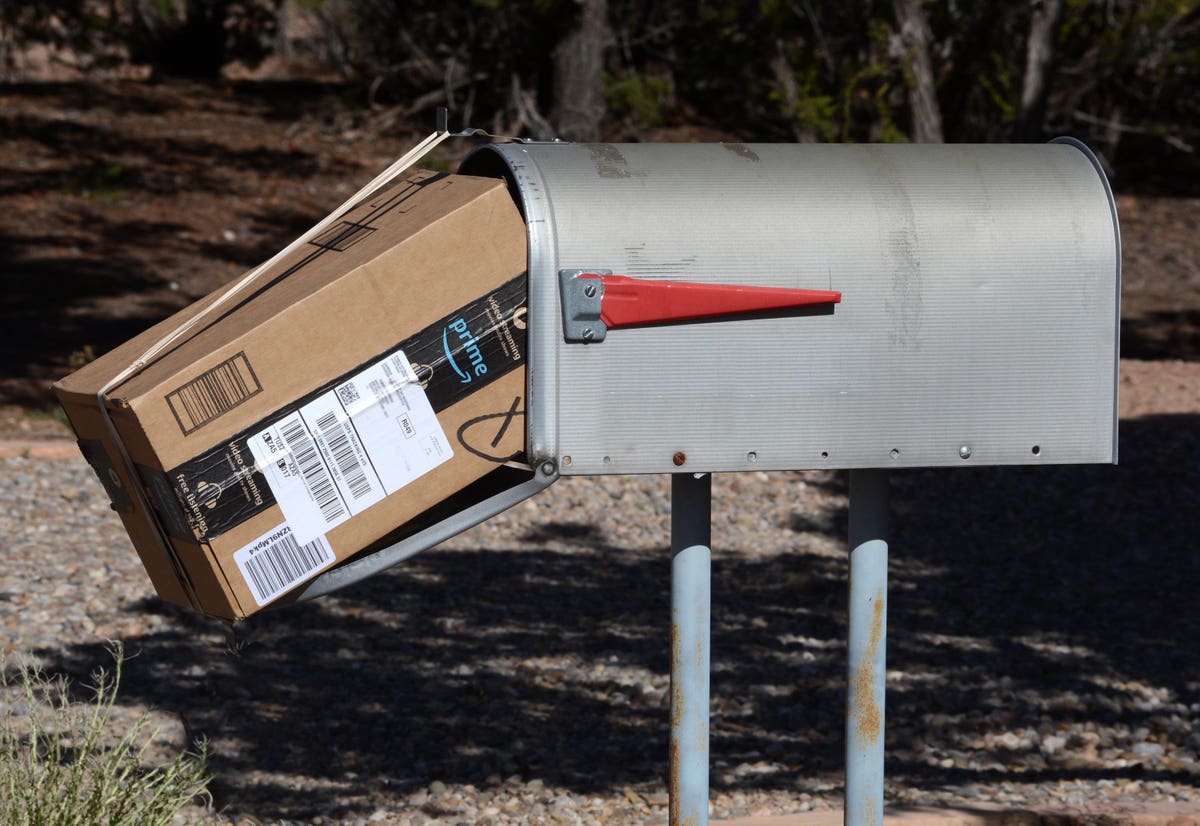The pandemic could one day go down in history as the worst thing that ever could have happened to Amazon
AMZN
AMZN
In Amazon terms, Day 1 became Day 2 in the blink of an eye.
Why?
Well, there are a number of reasons, but, ultimately, historians will look back and point to three big ones.
First, the pandemic was a digital wakeup call for every retailer. Every old school retail CEO that had, up until the pandemic, planned to bury his or her head in the sand and to leave digital transformation for his or her successor, suddenly had no choice but to jump aboard the digital transformation train.
Retailers had to get digital first, and fast.
For Amazon, all this meant that the tailwind it had enjoyed from the decades long inactivity of legacy retailers had been eradicated in one fell swoop. Every retail CEO was forced to rally his or her teams behind digital enhancements like angry Texans crying, “Remember the Alamo!”
Second, as retailers were finding their new digital religion, another funny thing happened on the way to Day 2 — digital marketplaces also became much easier to implement.
Everyone from Walmart
WMT
And, the thing about marketplaces is (and read this closely) . . . they all carry the same stuff! They are called “marketplaces” for a reason. Because they all carry the same market available goods.
So, in essence, Amazon’s once proud “Everything Store” advantage is now available to every Tom, Dick, and Harry retailer out there, including, literally, Harry’s and Dick’s.
Uh oh.
But, wait, something else funny happened, too.
No one knows exactly when this next point occurred, but it has to do with an important love affair that started during the pandemic and that is the love affair between the American consumer and the idea of curbside pickup.
Picking up goods curbside took off like a rocket ship during the pandemic.
According to Digital Commerce 360, in early 2020 only 6% of the Top 1000 retail chains offered curbside pickup. By the end of 2021, that same figure had grown to over 60%. Heck, at Target
TGT
SBUX
Ultimately, consumers are drawn to store pickup for two big reasons: price and convenience.
Picking items up at a store is oftentimes cheaper than paying to have goods shipped (Prime isn’t free), and driving to a suburban strip mall can also be faster and more convenient than waiting at home for a delivery.
For that reason alone, it should come as no surprise that the Vice President of Amazon Prime, Jamil Ghani, was on Good Morning America earlier this week espousing Amazon’s investments in same-day delivery.
Because what other options does Amazon have?
Yet, despite these investments, consumers still have to pay for Prime and still wait for a delivery, regardless of how fast Amazon gets. Shipping speed is only important to a certain degree and then its value tops out.
All of which means that Amazon, who for years made its mark espousing the universal truths of selection, price, and convenience, all of a sudden doesn’t look that formidable across any of those dimensions anymore.
Everyone else has upped their game. Walmart has Walmart+. Macy’s has a marketplace. And, Target gives you a Starbucks coffee curbside.
All with a strong Day 2 aroma.
Read the full article here





